How often do we hear people talk about a mysterious pain?
The story goes something like this: I woke up this morning and I bent over to pick up a piece of paper and couldn’t stand back up!
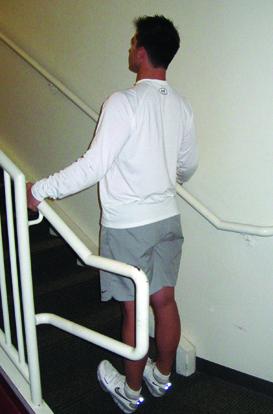
The question is simple, why did this happen? I expect to be in pain if I tried to lift a refrigerator but not a piece of paper. It doesn’t make sense unless you look at the system trying to lift the piece of paper. This is an article about the long and short of muscles and exercise.
Our bodies are wired to survive at all costs. Not long ago we had to hunt and gather, activities that involved massive amounts of movement and exercise. Today, we can essentially thrive without any need of movement. So where does that leave us in relationship to health and the ability to combat the forces of gravity and friction?
In order to answer the question we must understand how we learned to move ourselves initially.
After birth, nature takes us through a progression in strength development. At first we lie on our backs and move our arms, head and legs thousands of times each day. Then we gain enough power to roll over. Lifting our head and getting on all fours are the next steps. We then learn to crawl. These events develop our spinal curves and our core strength. Soon we pull ourselves upright and stand for several weeks before we begin walking. It takes about eight to fourteen months of strength training to learn to walk. We continue to develop motor skills at an astonishing rate through adolescence. Unless we are not moving or we miss a step in nature’s progression.
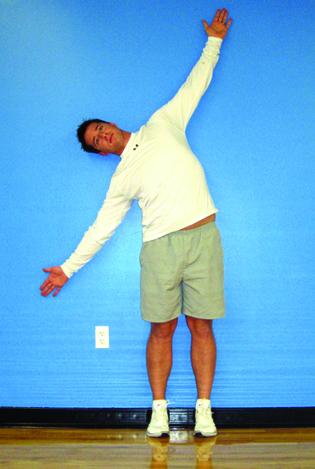
As few as 20 years ago, children use to play and run and ride their bikes. Now we drive them around. Nintendo, television, and video games rob bodies of active functions. So by the time someone goes to pick up a piece of paper it might as well weigh 10 tons.
The important thing to understand is we are still in control of our muscle destiny. We can look in the mirror and have a good idea if our body is even remotely close to functioning normally.
The key is called the 90-degree rule. It basically states that if a structure has a 90-degree angle to the horizon it will basically balance against gravity for all eternity it no other force bothers it. What this means is if your load joints -- the ankle, knee, hip and shoulder -- line up with the middle of your ear they are in balance. Also all of the joints of the body are in ideal position and all of the muscles are of ideal length. If I look at your body from the front, your ankles, knees, hips and shoulders should be perfectly horizontal to each other and be identical twins in appearance. If these two halves are in balance your body is ready for work, or not!
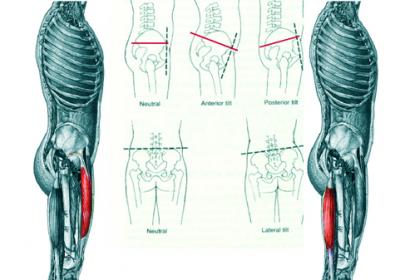
For example if you look in the mirror you should see this (see picture on posture):
If your body is slumped to the right and twisted to the left, you will expend more energy standing upright than will someone whose body is vertically and laterally well aligned. Not to mention the extra amount of friction you are developing in your joints. You must understand that the muscles are telling the bones to stand in this contorted position. If one joint changes, then the whole system is influenced by the change in muscular tension. One change affects one’s ability to handle all other types of forces.
Let’s look at a pelvis. Nature gave us a perfect 90-degree angle to measure to see if our pelvis is tuned. If your pelvis has an anterior tilt, then the muscles that attach to the front are typically short and now the muscles that attach to the back are typically long. In other words, when we have a change from normal posture, we end up with muscles on one side of the joint that are short and muscles on the other side that are long. So, we have shorts and longs. We have muscles with mechanical advantages and now some with disadvantages.
What do you think happens when you try and lift up a piece of paper with a muscle that has such a severe disadvantage? You guessed right, if you said it will spasm to protect it and can cause horrific pain.
The art to movement and exercise is your ability to detect what is long and what is short. If the quad is short and the hamstring long, then stretching the quads and strengthening the hamstrings will make the body more functional.
The interesting thing is most people with an anterior tilt in their pelvis think that they have tight hamstrings or often have trouble pulling them; yet the muscle that needs the flexibility training is on the other side of the joint. So, they continue to stretch the hamstring and the quad continues to get tighter and soon they go to bend over and pick up a piece of paper, and the pelvis is so tight it can’t move. Often a muscle will pull just to pick up a piece of paper with this mechanical disadvantage.
Another aspect to looking at these joints is getting a feel for what type of symptoms you may be having. For instance, weak ankles or knees can cause severe neck pain. The ankle needs to be fixed or the neck pain may never go away. Notice how the knee position drops the pelvis and the upper and lower triangles compensate to put very short neck muscles on the right. It is important to look at the body as a whole when having structurally non-traumatic pain.
On approaching exercise:
The problem for some people is that they overtrain the body until they get hurt. Then they quit, losing their gains. I had a long discussion with a coach about training. My point was that kids are overtrained. His point was that they don’t rest enough. Both points are valid. He wants to continue to press the limits of the body (high risk, high reward) but allow the tissue to recover/heal before you do it again. A healthier less risky approach for athletic progress is to do less stressful exercises and over time increase the levels with proper recovery. What’s the big hurry?
My suggestion is to stand in front of a mirror and see if you pass the test:
- Are my shoulders level?
- Are my hips level?
- Do I stand with my feet straight?
- Does my head, shoulder, hip, knee and ankle line up?
- What looks short?
- What looks long?
- Do I exercise or walk regularly?
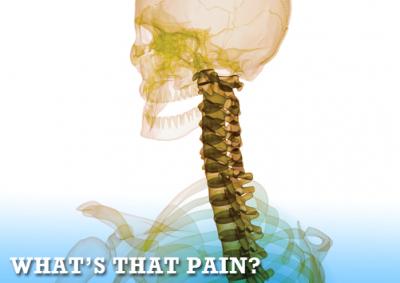
Possible Exercise Solutions: If your hips or your shoulders are not level, here is a sequence of exercises that may help. (SEE PICTURES FOR VISUAL REPRESENTATIONS)
Do not continue any exercise if it causes discomfort or pain.
Standing windmill:Stand against wall. Lean to each side, keeping in contact with the wall.
Standing calf stretch:Stand on a stair with heels down. Stand tall.
Side lying abduction/adduction: Lie on one side first, making body long and straight. Lift top leg 20 times. Then put top leg foot in front of knee and lift the bottom leg 20 times.
Cats and Dogs: Head up, shoulder blades in, breathe in; head goes down as you arch your back up and breathe out.
Prone hand leg opposite glides: Lie on stomach or back and put hands over your head. Stretch your right leg downward and left arm upward. Then switch sides.

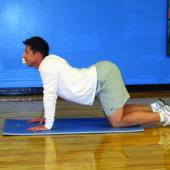
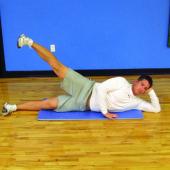
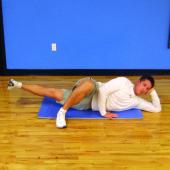
Do 15 repetitions.
Frog:Lie on back, pull knees up and put heels together. Tighten and release butt muscles. Do for 1-2 minutes.
Leave a Comment Here